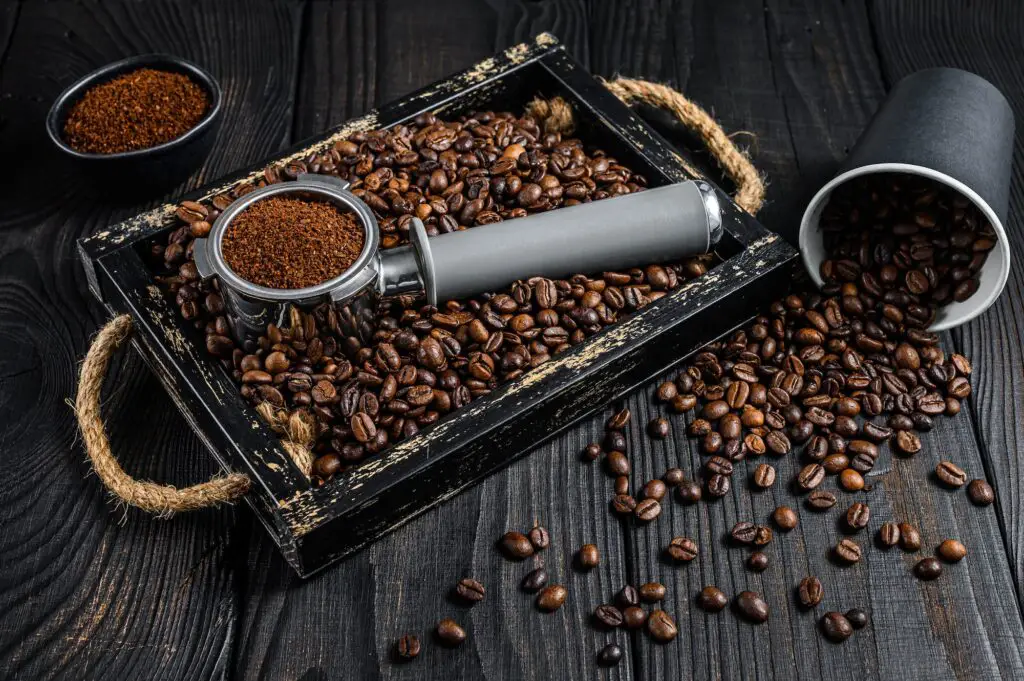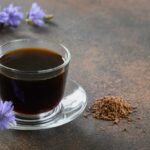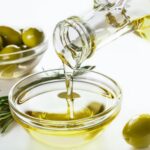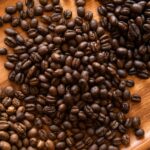Ah, the great debate that has been brewing in the coffee world for ages! Are coffee beans and espresso beans the same? Let’s spill the beans and see what’s really brewing beneath the surface.
Table of Contents
The Great Bean Debate
The origins of coffee and espresso
Coffee, the magical elixir that jumpstarts our mornings and keeps us awake during those afternoon meetings, has a rich history dating back to the 15th century. Espresso, on the other hand, is the younger and bolder sibling, born in the early 20th century in Italy. But are they really that different? Let’s dig deeper.
The Arabica and Robusta varieties
Coffee beans come in two main varieties: Arabica and Robusta. Arabica is the more delicate, flavorful bean, while Robusta is the strong, caffeine-packing counterpart. Both can be used to make your morning cup of joe or that afternoon shot of espresso.

The Roasting Showdown
Light, medium, and dark roasts
The roasting process determines the flavor and strength of the coffee beans. Light roasts have a lighter body, higher acidity, and more complex flavors. Medium roasts strike a balance between body and acidity, while dark roasts have a bold, full body and lower acidity.
The espresso roast
Espresso roasts are typically a medium-dark or dark roast, but there isn’t a specific “espresso bean.” Espresso can be made from any coffee bean, as long as it’s roasted to the right level to achieve that rich, robust flavor we associate with a perfect shot of espresso.
The Grind Is Real
The coffee grind spectrum
The grind size is crucial for extracting the perfect flavor. Coffee grinds range from coarse (like kosher salt) to fine (like powdered sugar). The grind size affects the brewing time and the final taste of your cup.
The espresso grind
Espresso requires a fine grind, just a bit coarser than powdered sugar. This fine grind allows the water to extract the intense flavors and create that rich, velvety crema we all know and love. So, while the grind for espresso is different from that of drip coffee, the beans themselves can be the same.
Brewing Techniques: Where the Magic Happens
Drip coffee brewing
Drip coffee brewing is the most common method and the one most of us are familiar with. Hot water passes through the coffee grounds, extracting the flavors and oils, and dripping into your cup, ready to be enjoyed. It’s the tried and true method that’s been with us for generations.
Espresso brewing
Espresso brewing is like the fast and furious sibling of drip coffee brewing. Hot water is forced through the finely ground coffee beans at high pressure, resulting in a concentrated shot of coffee goodness. This high-pressure extraction method brings out the bold, robust flavors and creates that signature crema.

Tasting Notes: Sip, Swirl, and Savor
Coffee flavor profiles
Coffee flavor profiles can range from fruity and floral to nutty and chocolaty. The beans’ origin, processing method, and roast level all contribute to these unique tasting notes. So, when you sip your morning brew, take a moment to appreciate the symphony of flavors dancing on your taste buds.
Espresso flavor profiles
Espresso flavor profiles are typically bold, intense, and full-bodied. However, just like coffee, the flavors can vary depending on the beans and roast level used. The high-pressure extraction method helps to emphasize the beans’ unique characteristics, resulting in a complex and invigorating experience.
Coffee Beans VS Espresso Beans?
In the epic showdown of coffee beans versus espresso beans, we’ve discovered that they’re actually the same beans! The differences lie in the roast level, grind size, and brewing technique used. So, the next time someone asks you if coffee beans and espresso beans are the same, you can confidently tell them, “Yes, but it’s all about how you roast, grind, and brew them!”
FAQs
Can I use espresso beans for drip coffee?
Absolutely! Just be sure to adjust the grind size to a medium or coarse grind, depending on your brewing method.
Can I use coffee beans for espresso?
Yes, you can. Just make sure they are roasted to a medium-dark or dark level and ground to a fine consistency.
Which coffee beans are best for espresso?
While any coffee bean can be used for espresso, beans with a medium-dark or dark roast are usually the most popular choice due to their bold and robust flavor profile.
What is the main difference between coffee and espresso?
The main difference between coffee and espresso is the brewing technique. Coffee is typically brewed using a drip method, while espresso is made by forcing hot water through finely ground coffee at high pressure.
Is espresso stronger than coffee?
Espresso is more concentrated and has a stronger flavor than drip coffee due to its high-pressure brewing method. However, a cup of drip coffee may contain more caffeine than a single shot of espresso, depending on the serving size and bean variety.
Daily Demitasse is a participant in the Amazon Services LLC Associates Program, an affiliate advertising program designed to provide a means for sites to earn advertising fees by advertising and linking to Amazon.com. We also participate in other affiliate programs which compensate us for referring traffic.














